Texas Drought Takes Toll on Springs, Rivers, Lakes, Bays – FROM TPWD
Fishing Still Good in Much of State
AUSTIN, Texas — A scorching one-two punch of prolonged low rainfall and record high temperatures in central and southern Texas is stressing fish and other aquatic creatures, especially rare species that depend on spring flows, and decreased river flows are sending salt content in mid-coast bays soaring. Nonetheless, biologists say fishing is actually good in many parts of Texas, and some fisheries could even improve long-term.
“It’s not as bad as the drought of record in the 1950s, but if it continues through summer and into fall, we’ve got a problem,” said Cindy Loeffler, a water resource expert with Texas Parks and Wildlife Department.
“What’s made this so bad is the record heat. Unless something miraculous happens, this will be the hottest month in Texas ever, not just the hottest July.”
Reports from TPWD Inland Fisheries Division biologists in various Texas regions paint a varying view of drought impacts on fishing and aquatic life, depending on which part of the state they’re reporting from.
According to the U.S. Drought Monitor, about a quarter of the state is in extreme or exceptional drought, an area bounded roughly by Del Rio on the west, the Austin area on the north, on the east from a line near Bryan down to Victoria and extending into South Texas below Kingsville. Outside this area, especially in East and North Texas, higher rainfall has meant more typical summer water resource and fishing and boating conditions, although temperatures have hit record highs statewide.
In hard-hit Central Texas, Stephan Magnelia, TPWD inland fisheries biologist in San Marcos, says the drought could end up making fishing better in the long run on lakes like Travis and Buchanan. Short-term, Magnelia expects poor year classes yielding lower numbers of largemouth bass and white bass. He said the good news is there is lots of terrestrial vegetation growing in the exposed lake beds, and when the water rises there should be good conditions for survival of young fish and strong year classes of game fish.
Meanwhile, other scientists in Central Texas are nervously watching endangered species that depend on spring flows, some of which have dropped sharply.
Laurie Dries is an environmental scientist with the City of Austin who monitors the endangered Barton Springs salamander, which lives only in several springs in and around Barton Springs Pool in the city’s Zilker Park. Dries said average abundance of salamanders in 2008 was 703 at Eliza Spring, but that’s down to 159 so far in 2009, with only 69 salamanders found in the last count. In the pool (technically Parthenia Spring), the 2008 average was 178, but that’s down to 153 so far in 2009, with only 13 in the last survey.
“The drought will kill them if [spring] flows get too low,” Dries said. “Sunken Garden, which gets the lowest flow of the Barton Springs system, looks more like a pond than a spring. I don’t know if there are salamanders there — we haven’t seen any there at the surface for a year or more.”
Dries said a key problem is low dissolved oxygen in the water caused by low flows-besides killing salamanders outright, this will inhibit reproduction and erode the population over time. She said if salamanders go extinct in the wild, there are backup plans to reintroduce captive bred salamanders, though she said that would be a last ditch attempt and the species won’t survive without good habitat in the wild.
The flow out of San Marcos Springs, a major spring which feeds the San Marcos and Guadalupe Rivers, has declined to about half of the long-term median flow rate of 180 cubic feet per second, according to the U.S. Geological Survey Real-Time Water Data for Texas Web site.
One result is that TPWD and U.S. Fish and Wildlife Service scientists have had to transplant stands of endangered native Texas wild-rice to deeper water sections along the San Marcos River, where for the first time since the record drought of the 1950s botanists report seeing exposed river bed in certain areas. They say the good news is San Antonio water conservation measures appear to be helping to maintain Edwards Aquifer levels, so spring flows aren’t as low as some had feared.
On the central coast, where drought-stricken rivers like the Colorado and Guadalupe drain into bays and estuaries, low river inflows mean high bay salinity.
“On Monday we did a bag seine sample where salinity in Aransas Bay went over 40 parts per thousand for the first time since 1997,” said Karen Meador, Aransas Bay ecosystem leader with TPWD in Rockport. “It was 41.5 ppt, extremely high, in Port Bay at the south end of Copano Bay. The good news is we did catch some small, juvenile spotted seatrout (speckled trout), so they’re surviving so far.”
Meador said although this high salt content is at the upper reaches of fish tolerance level for Aransas populations, there has been a fairly gradual salinity increase since early 2008, so marine organisms have been able to adapt fairly well. She said oysters are suffering from high salinity, as are some less tolerant species of ecologically important seagrass such as widgeon grass.
Recreational fishermen in the Aransas Bay system “seem to be doing okay with red drum (redfish) and black drum, and some guides are doing okay with spotted seatrout,” Meador said. She added “some weekend anglers are complaining they’re not catching the trout in the Rockport area, although longtime guides here are not having problems catching their limit.”
Recreational fishermen in the Aransas Bay system “seem to be doing okay with red drum and black drum, and some guides are doing okay with trout,” Meador said. She added “some weekend anglers are complaining they’re not catching trout in the Rockport area, though longtime guides here are not having problem catching their limit.”
Todd Neahr, TPWD coastal fisheries biologist for the large Upper Laguna Madre bay system south of Corpus Christi, said salinities there have gone from a January average of 36 parts per thousand to 50 ppt on average in July, with a range from 41-to-71. However, he said most fish and other creatures in the Laguna Madre -are used to sporadic droughts, and some fish, like the sheepshead minnow, can tolerate hyper salinity up to 100 ppt.
In the Panhandle, TPWD Inland Fisheries Biologist Charlie Munger said there are very low water levels on a number of area lakes, except Alan Henry. Perhaps counter-intuitively, he said “As lake levels go down, the fishing can get real good, because the fish are more concentrated and the anglers get a better shot at them.” Munger said the biggest fishing impact is Palo Duro Reservoir, which was almost 2,000 acres in size and has shrunk to almost 50 acres. However, he said water level declines have been gradual enough so populations have a chance to adjust, and as a result there haven’t been any really big fish kills.
In other regions, biologists report some great fishing, despite the drought and heat.
“Water levels at most major reservoirs in my area of South Texas are at or near full,” said Randy Myers with TPWD in San Antonio. “Along the Rio Grande, Lake Amistad has been near conservation pool since September 2008 and Falcon was recently about 10 feet below full.” He explained heavy rainfall in northern Mexico discharging into the Rio Grande helped fill Amistad and Falcon. He said Calaveras and Braunig Reservoirs near San Antonio are kept full with water pumped from the San Antonio River.
“Sport fish are abundant in all four of these water bodies and South Texas anglers are enjoying fantastic fishing success as a result,” Myers said.
Conversely, Myers said water levels at Medina and Brady Reservoirs are very low causing boat angler access to be very difficult. Medina has been near 40 feet low and Brady about 10 feet below conservation pool. Sport fish populations in both are in average condition, but on the decline as a result of the drought-induced low water levels.
In other regions, including East and West Texas, TPWD biologists reported no serious drought-related fisheries impacts so far. But they did emphasize the importance of controlling invasive species and restoring native habitat so that aquatic ecosystems are better able to handle pressures like drought.
Mukhtar Farooqi in San Angelo said on top of low rainfall and water levels, some western lakes are impacted by toxic golden alga blooms, and he said watershed management (including saltcedar and mesquite control) could turn out to be very significant for water quality and quantity in the region.
Mark Webb in Bryan said the coming shift from reliance on ground water to surface water in the Conroe and Houston areas could mean average summer reservoir fluctuations might move from about two feet to possibly six feet or more.
“In our fairly shallow reservoirs this will change our available fish and wildlife habitat, presenting new challenges and opportunities as we control exotic vegetation and enhance native vegetation and other habitat,” said Webb, who has been working with angler groups and others to restore native plants along the shore of Lake Conroe.
Statewide, TPWD experts report fewer fish kills caused by drought than some had expected.
In drought-stricken Central Texas, Stephen Twidwell in San Marcos is one of a half dozen biologists across the state on the TPWD Kills and Spills Team, which investigates larger fish kills.
“High temperatures and low dissolved oxygen in the water have caused quite a few smaller fish kills in area farm and park ponds,” said Twidwell, whose large region extends from the Hill Country around Austin-San Antonio south to Del Rio and west to San Angelo and El Paso. He did note significant fish kills in above Canyon Lake in the Guadalupe River and in the Lavaca River in Halletsville, where flow in both streams has slowed to a trickle.
“Overall, however, I’ve been expecting to get more reports of fish kills due to high temperatures and declining stream flows, and we’re not seeing a lot of that so far. But this is definitely not a good time to be a fish in Central Texas streams.”
———
On the Net:
Texas Drought Information/Agricultural Task Force: http://agrilife.tamu.edu/drought/
USGS Real-Time Water Data for Texas: http://waterdata.usgs.gov/tx/nwis/rt
Texas map/U.S. Drought Monitor: http://www.drought.unl.edu/dm/DM_state.htm?TX,S
TPWD Weekly Fishing Report: http://www.tpwd.state.tx.us/fishboat/fish/recreational/fishreport.phtml
Category: Central Texas, East Texas, Fishing Reports, North Texas, Texas Gulf Coast






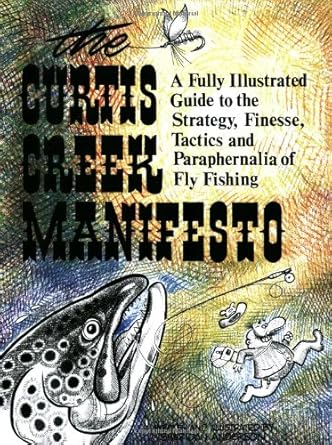


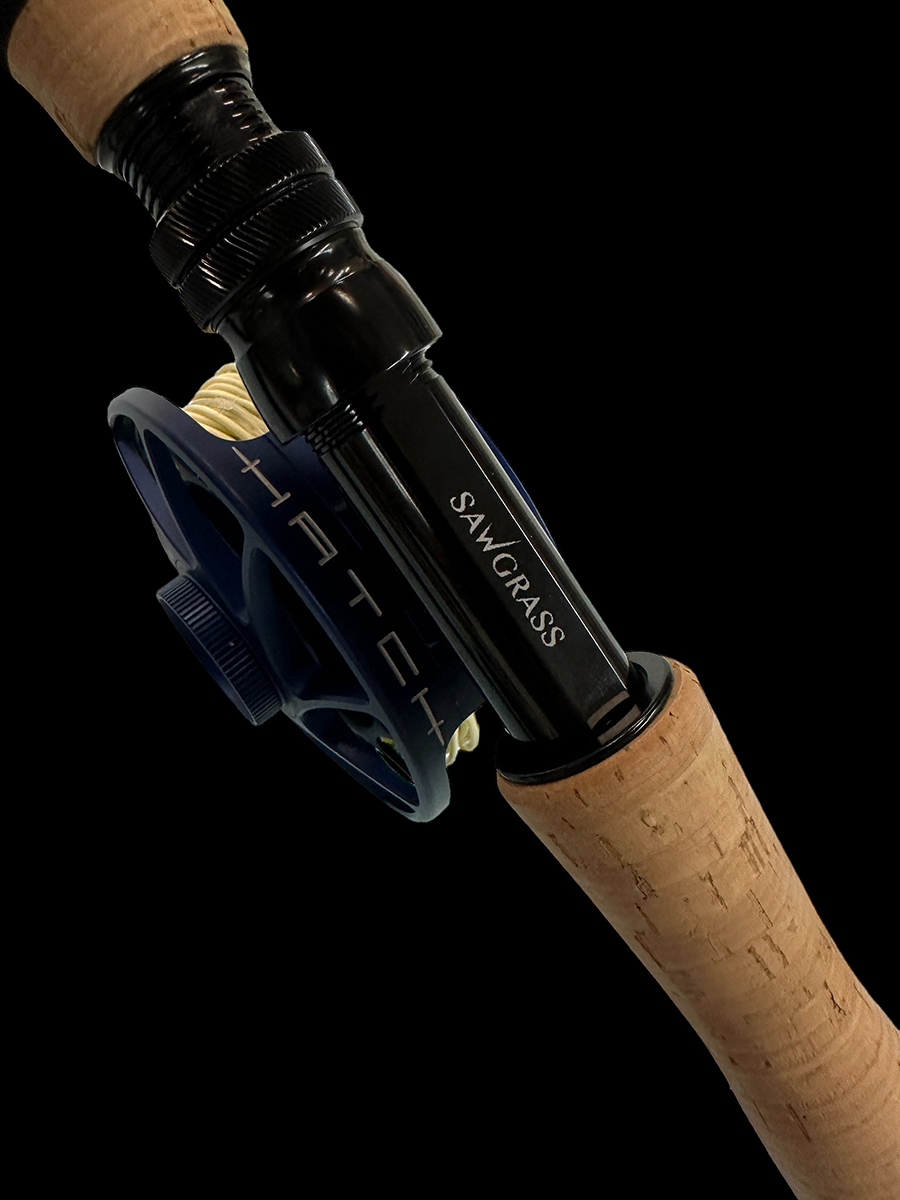



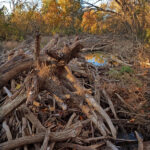
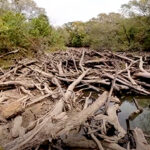

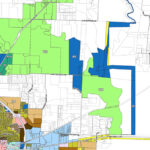


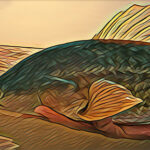
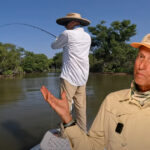

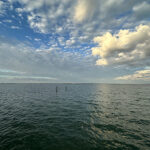
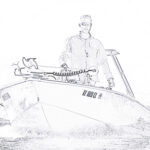
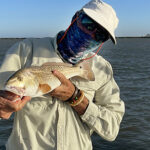
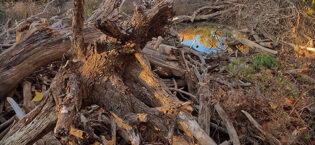
you should update. i know you’ve done at least one interesting thing in the past week.
you know you’re weird right?
and what do they mean hottest summer… i mean it’s only been above one hundred for 45 days or something….
Hate to say I told you so. Naa, I told you this was epic. Shannon